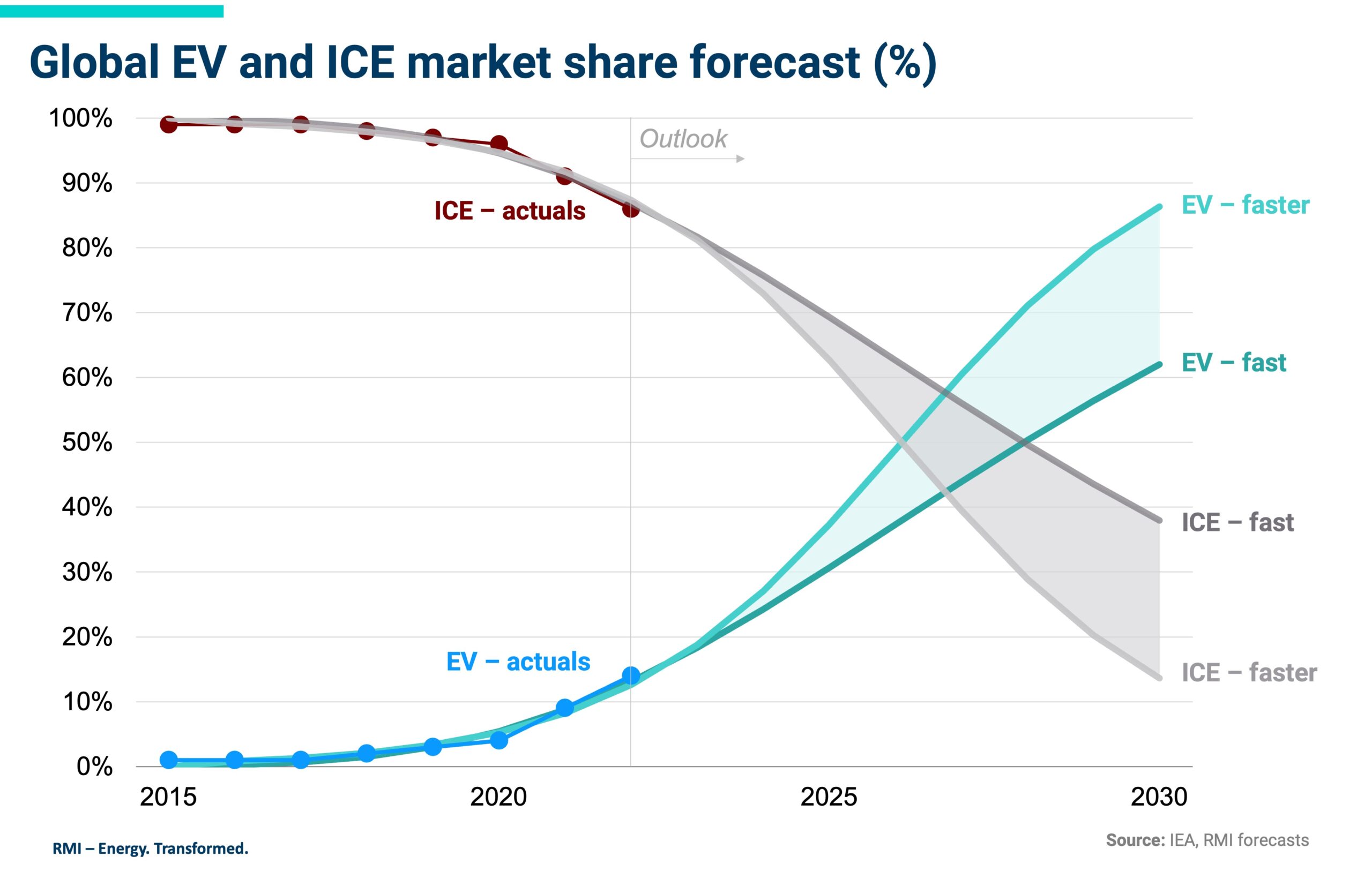- Your Monthly EV Electricity Usage Explained
- Home Charging vs. Fast Charging:What You Need to Know
- How to Manage EV Electricity Costs
- FAQ
Switching to an electric vehicle (EV) is becoming one of the most popular ways to reduce your carbon footprint and avoid high gas prices. But for many, the big question remains:How much electricity does an EV car actually use in 2025, and how does it affect your monthly budget? In this guide, we will explore key factors that influence EV electricity usage, compare home and fast charging, and offer tips on managing charging costs.
Your Monthly EV Electricity Usage Explained
If you're new to electric cars, you might wonder how much energy they consume and what it means for your electric bill. While it’s impossible to pinpoint exact costs because they depend on many individual factors, understanding the basics can help you estimate your usage.
Key Factors Affecting EV Electricity Use
The amount of electricity your EV uses depends on a mix of driving habits, your vehicle model, and charging preferences. Here are some of the most important factors:
Your Driving Distance:If you drive a lot, you'll naturally use more electricity. Everyday commuting consumes less energy than frequent long highway trips.
Your EV’s Battery Size:Vehicles with larger batteries, like SUVs or high-performance models, will usually use more electricity per mile.
Weather and Temperature Changes:Extreme cold or hot weather can greatly affect energy use. The car relies on extra power for heating and cooling systems, and recovery systems, like regenerative braking, work less efficiently in colder temperatures.
Your Driving Style:Aggressive driving with rapid acceleration or hard braking tends to eat up battery charge faster than smooth, steady driving.
Charging Efficiency:Energy loss can occur during charging. Most EVs lose 10-15% of electricity as heat during the process.
Typical EV Home Charging Costs Per Month
Calculating your monthly electricity use for charging can help you budget for EV ownership. Here's an easy step-by-step guide:
Determine Your Vehicle’s Efficiency:Efficiency is measured in either watt-hours per kilometer (Wh/km) or kilowatt-hours per 100 kilometers (kWh/100km). This information can usually be found in your car's manual or online specs.
Estimate Monthly Kilometers Driven:Look at your average monthly trips or commute distance.
Check Your Electricity Rate:Find out your cost per kilowatt-hour (kWh) from your latest home electric bill.
Do the Math:Use this mock calculation as an example:
Step | Calculation Example | Results |
|---|---|---|
Vehicle Efficiency | 18 kWh/100 km | 0.18 kWh/km |
Distance Driven Per Month | 1,500 km | |
Total Electricity Consumed | 1,500 km × 0.18 kWh/km | 270 kWh |
Electricity Rate (AED/SAR) | 0.30 AED/kWh / SAR | |
Monthly Charging Cost | 270 kWh × 0.30 AED (SAR) | 81 AED/SAR |
Remember, this calculation doesn’t include costs for using public charging stations, which can charge premium fees depending on the provider and location.
Home Charging vs. Fast Charging:What You Need to Know
Where and how you charge your EV influences your electricity costs and charging speeds. Here’s an overview of the three common charging options:
Level 1 Charging at Home
Uses a standard household power outlet.
Charging adds an estimated 3-5 kilometers of range per hour.
Slow but affordable, as it uses your regular home electricity rate (e.g., 0.30 AED or SAR per kWh).
Ideal for overnight charging if daily driving is minimal.
Level 2 Charging at Home or Public Stations
Requires a dedicated home charging station or public charger.
Adds 15-40 kilometers of range per hour.
Charges faster than Level 1 but requires additional home installation costs.
Public charging rates may be higher than home rates, but it’s still the most common method for medium-distance drivers.
DC Fast Charging at Public Stations
Designed for rapid charging and long trips.
Adds 100+ kilometers in as little as 20-40 minutes.
Typically the most expensive charging option on a per-kWh basis.
Best used occasionally for road trips or emergency top-ups as frequent use may affect long-term battery health.
How to Manage EV Electricity Costs
If you’re concerned about your EV-related power bills, consider these cost-saving tips:
Time Your Charging for Off-Peak Hours:Many utilities offer lower rates during specific hours, such as late at night or early mornings.
Pre-Condition Your EV While Plugged In:Pre-cool or heat your car while it’s still charging at home to minimize power usage while driving.
Use Energy-Efficient Driving:Drive at a steady speed, avoid unnecessary acceleration, and plan routes for shorter distances.
Explore Charging Plans:Some EV owners switch to special electricity plans designed for electric car users with lower charging rates.
FAQ
Does cold weather make my EV less efficient?
Yes, cold weather can significantly reduce your EV’s range. Your car needs energy to warm both the cabin and the battery, which can lower efficiency during winter.
How long does charging an EV at home take?
Charging time depends on your charger type. A Level 1 home charger can take 24+ hours to fully charge, while a Level 2 charger typically takes 6-8 hours for most cars.
Are hybrid cars cheaper in electricity than full EVs?
Plug-in hybrids only use electricity for short trips, relying on gasoline for longer journeys, meaning their electricity bills are usually much lower. Non-plug-in hybrids do not charge directly from electricity.
Read More:
Arabian Automobiles in Sharjah:Your Complete Guide for Car Owners
ENOC Service Center:Your Complete Guide to Car Maintenance in 2025











